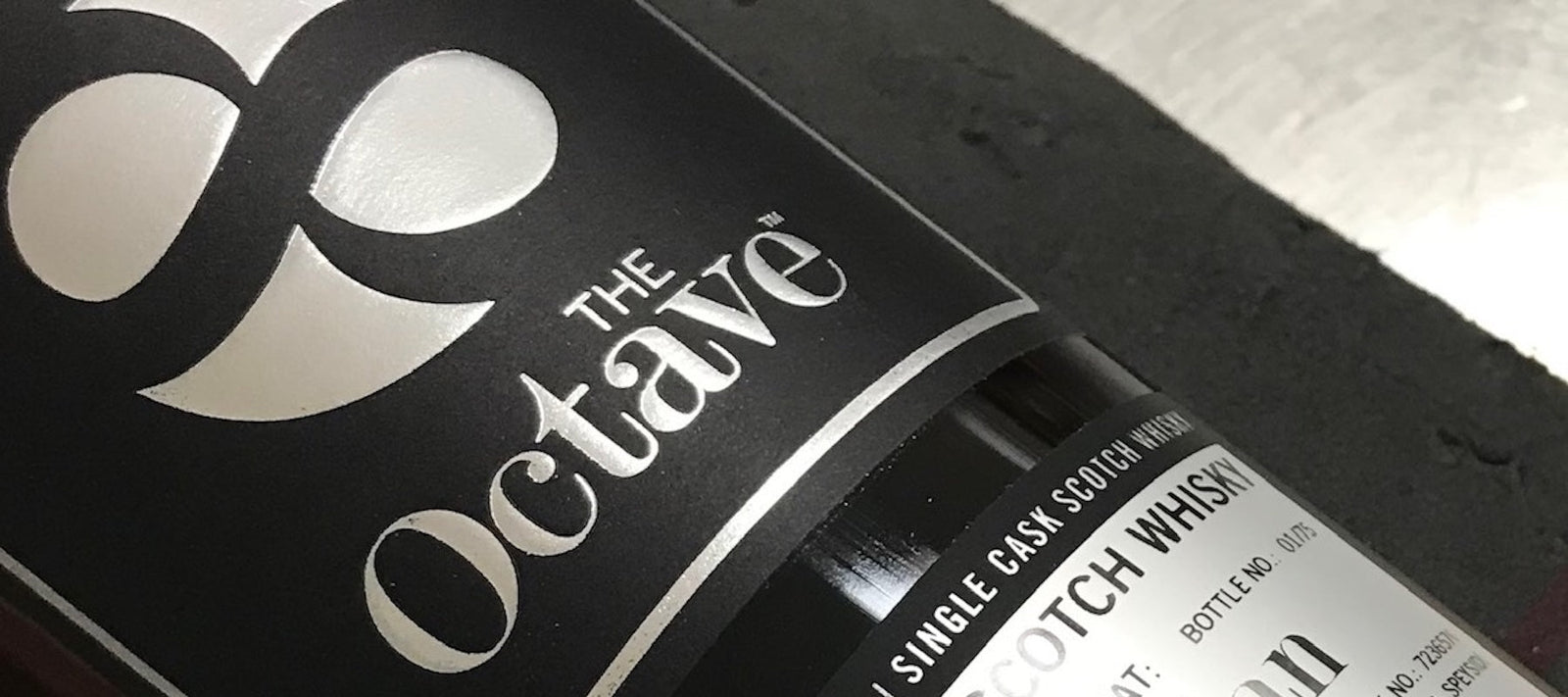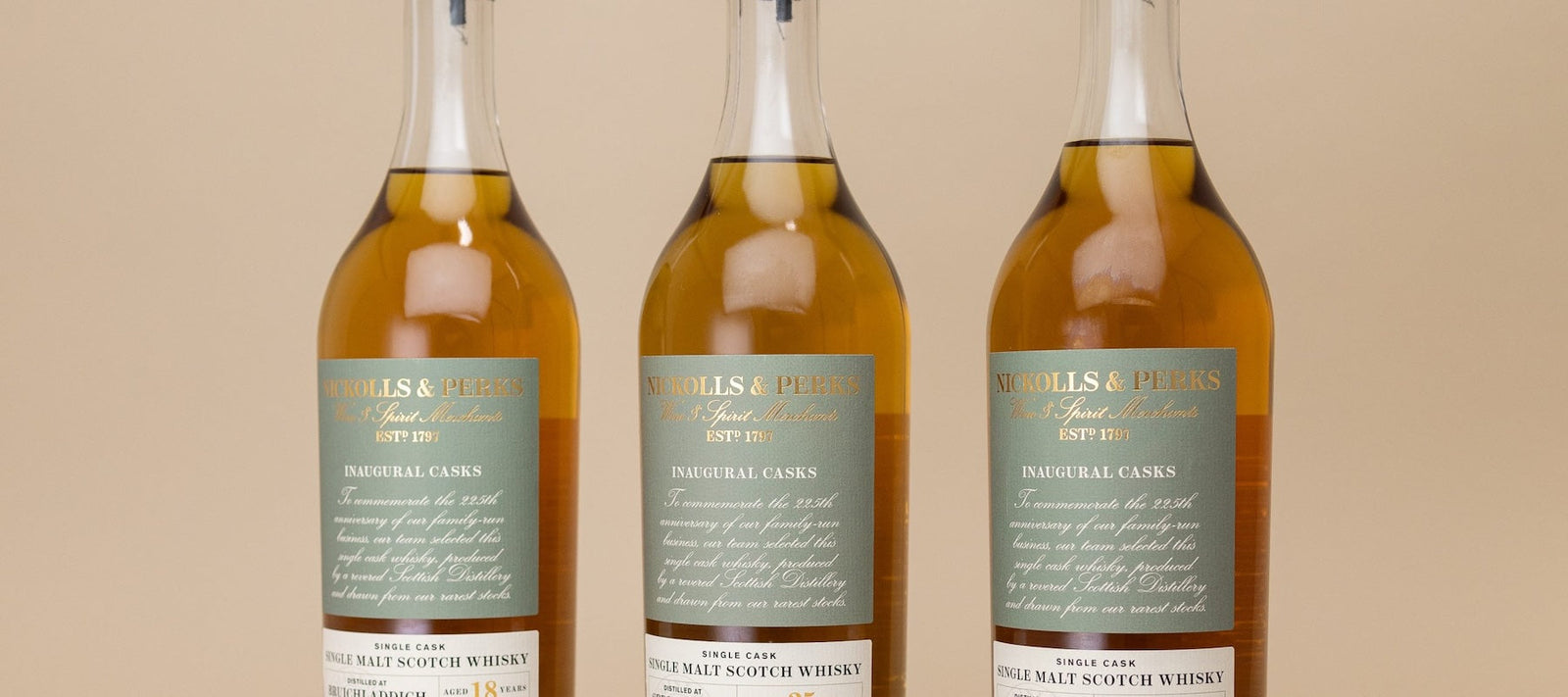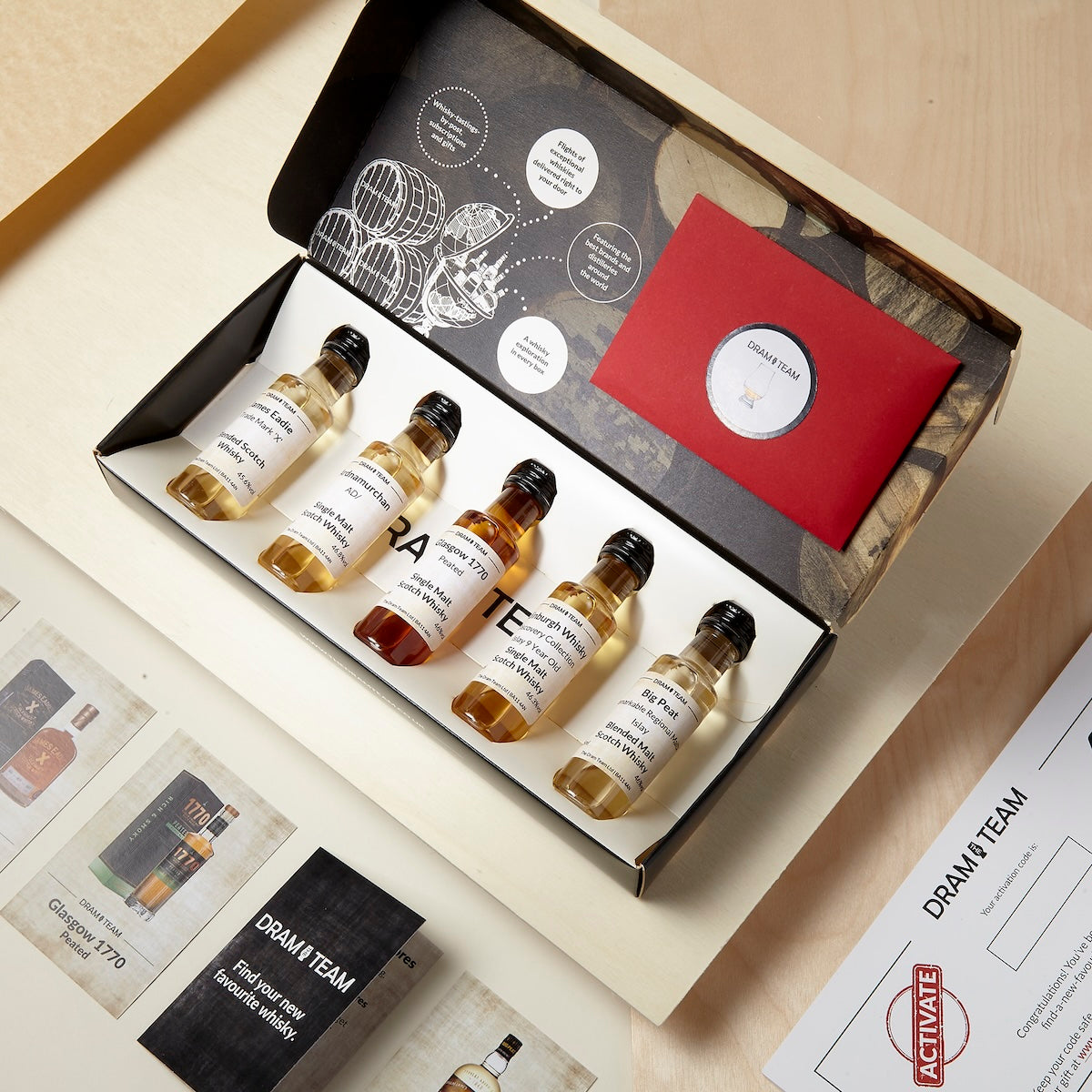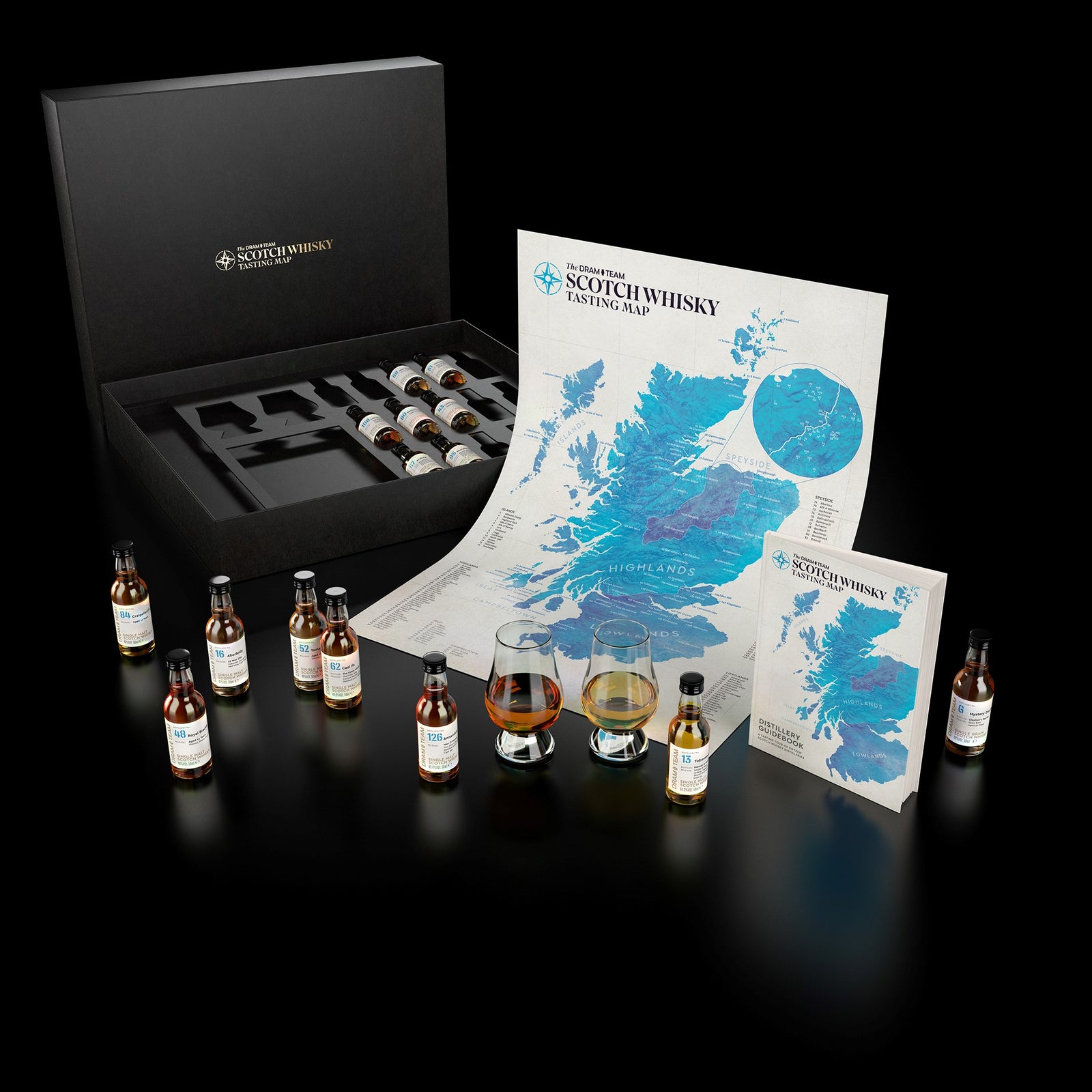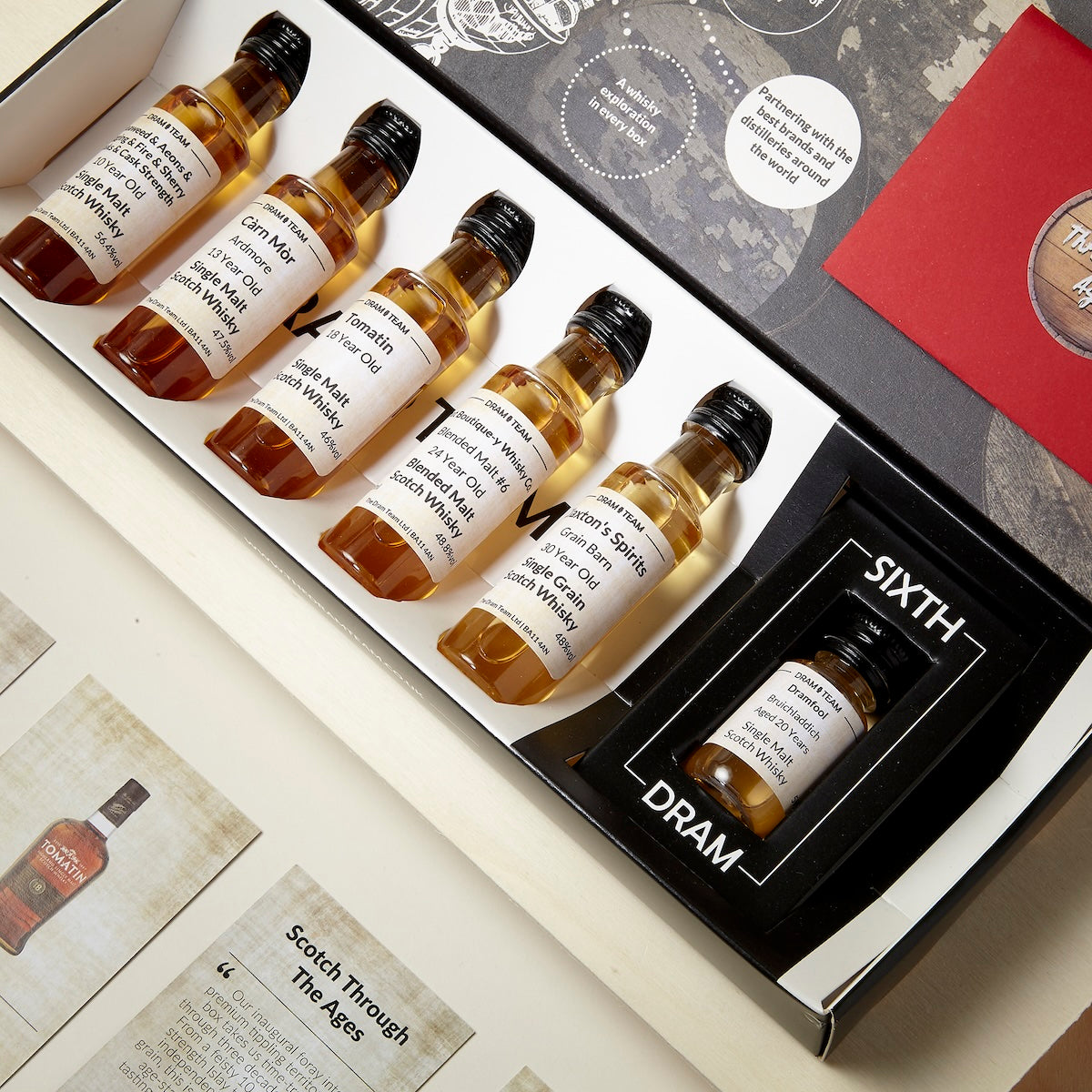Hello Dram Teamers, and welcome back to our series on how whisky is made! We’re kicking off a small sub-series focusing on one of the key elements of whisky-making: the cask.The Art of the Cask will explore all the ways the humble whisky barrel can influence our favourite spirit.
Where did cask ageing come from?
We talked a little about how cask ageing came to be the norm in our blog postall about sherry casks. There isn’t a verifiable source of the exact time that wooden casks began to be deliberately used to age whisky, but a lot of history suggests it came about by accident. Wooden casks were for hundreds of years the main way of storing and transporting goods, and charring the insides was a way of cleaning them in between fills. At some point someone realised that this made the spirits inside them actually taste better, and cask ageing was born.
How does cask ageing work?
While we have made great strides in understanding the science of barrel ageing, we still don’t fully know how it works. And that’s part of the magic about whisky barrel ageing. The sheer number of variables between one cask and another can produce vastly different results in the whisky.
Whisky nerdiness incoming! Wood is made up of 3 substances - cellulose, hemicellulose, and lignins. Most of the flavour compounds responsible for whisky’s taste reside in hemicellulose and lignin. When these substances are exposed to heat and alcohol, the flavour compounds inside actually change. As the whisky sits in the cask, temperature fluctuations pull the whisky into the pores of the wood and then release it back. When this happens, it’s also pulling flavour compounds out of the wood into the liquid. This is why charring, toasting and long-term exposure to alcohol produce different flavours in the whisky than in the original un-aged spirit. This is what we call the influence of the cask.
Why do different casks give different flavours?
These are just some of the things that can influence the final whisky:
The type of wood used
Usually it’s oak, but some whiskies can be aged in other woods, like chestnut, cherry, or even acacia. Different woods naturally have different compounds inside, which of course will mean different flavours in the whisky. Most whisky casks are made with oak because of its combination of suppleness, durability, low leakiness, and flavour contribution.
 American vs European oak endgrain, as seen under a microscope
American vs European oak endgrain, as seen under a microscope
If it’s oak, the subspecies can also impact flavour
Most American whiskey (and by extension, Scotch that’s aged in ex-bourbon casks) is aged in American oak (orquercus alba). American oak is faster growing than its European sister,quercus robur, and has a wider grain. That means lighter, sweeter flavours, like vanilla and coconut. By contrast,quercus robur (the main European oak, often used in sherry production) is slower-growing, has a tighter grain, and higher levels of tannins. It’s associated with a drier, more herbal flavour profile. Not only that, but oak of the same species can still vary wildly depending on where it was grown. Oak from a warmer climate will naturally have wider grain (and therefore produce sweeter flavours) than oak from a cooler or harsher climate.
 Outdoor seasoning of staves at Allary Cooperage, France.
Outdoor seasoning of staves at Allary Cooperage, France.
Seasoning
No, not like you’d season a steak with salt and pepper. Oak isn’t ready to be made straight into a barrel after it’s cut down; it needs time in the open air to get to the desired humidity level and chemical composition. Over time, the young aromatic and polyphenol compounds responsible for overly bitter, tannic tastes decrease, and more of the desired organoleptic properties come through. An oak stave is usually seasoned between 2-3 years before it’s turned into a cask. Of course, differences in coopering practices, seasoning times, and even the specific climatic conditions can all have an impact on the resulting chemical make-up of the wood. The wood is also subjected to microflora like bacteria, and can change flavours in the same way that using different yeasts in fermentation can. That’s why some distilleries are proud to boast having their own cooperages, as it allows them to have total control over the handling of the wood.
Production and storage variables
Okay, you’ve chosen your casks. They’re the highest quality, from the same cooperage, and made from the same wood type grown in the same forest. So why does one cask still taste completely different to the one further down the rackhouse? Well, truth be told - we still don’t quite understand. It could be due to a combination of things. The amount of char the barrel has been subjected to. The specific production quirks of that cask, since all casks are still hand-made by a cooper, and are prone to human variance. The size of the cask - larger casks have less surface area and therefore have less contact with the whisky. The specific location it was kept in. Was that cask in a very slightly warmer or cooler section of the warehouse? Was it moved, perhaps, during its long slumber? Did it have more of a breeze on it, being closer to a door? Maybe there’s another reason that the science of barrel ageing just hasn’t discovered yet.
The science, art and magic of the cask
We have discovered, through lots of trial and error, that using different wooden storage containers changes the taste of whisky. However, there are still mysteries as to how exactly this process works. And that only adds to the romance of the whisky barrel, in our eyes. If you’ve ever been lucky enough to stand in a whisky barrel house full of sleeping casks, you’ll know there’s something magical about it, even if you can’t quite put your finger on what it is.
If you want to read more about specific cask types and how they influence Scotch, our friend Inka at the great blog On The Sauce Againwrote this great piece. Also check outWhisky Advocate’s guide to why oak matters as well for even more wood-related geekery.
Also, check out the other posts in our How Whisky Is Made series.
We also write regular emails to our members, which is the best way to stay informed on upcoming subscription boxes, plus loads of other must-read whisky info. You can get on the list bysigning up here.


